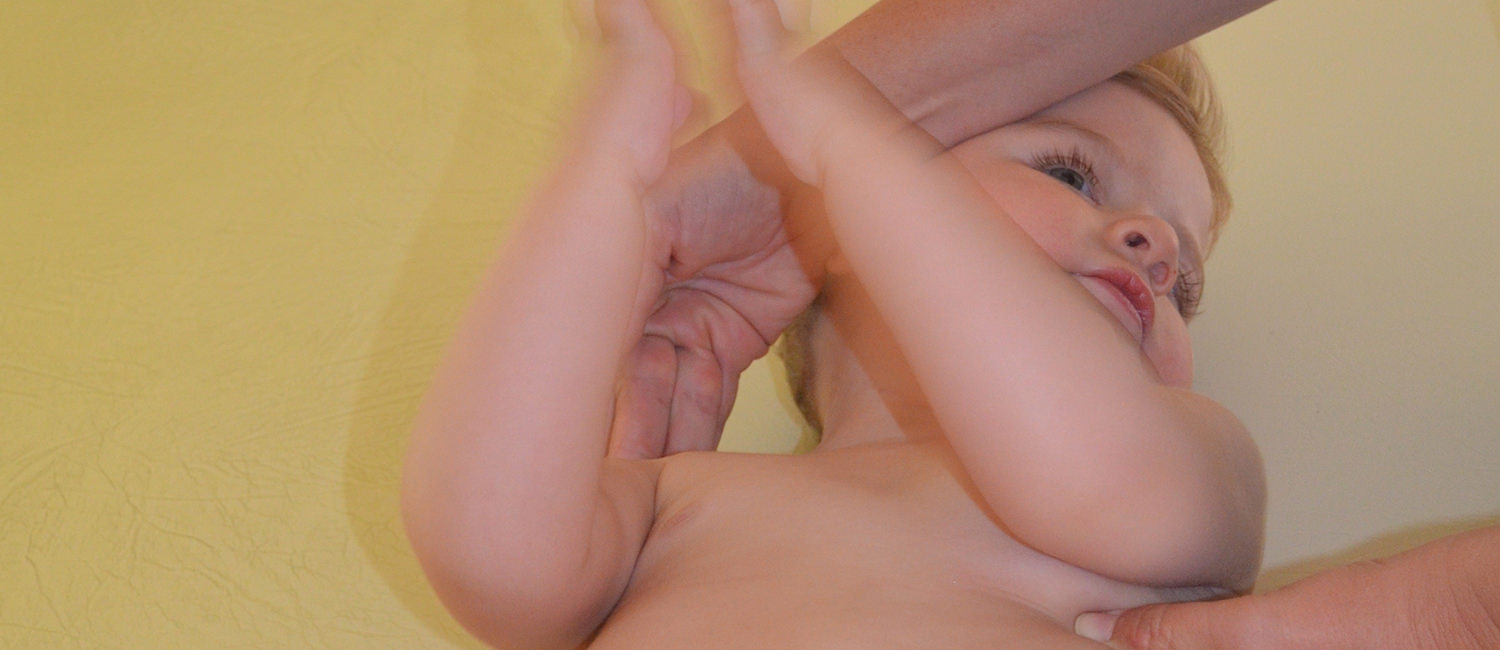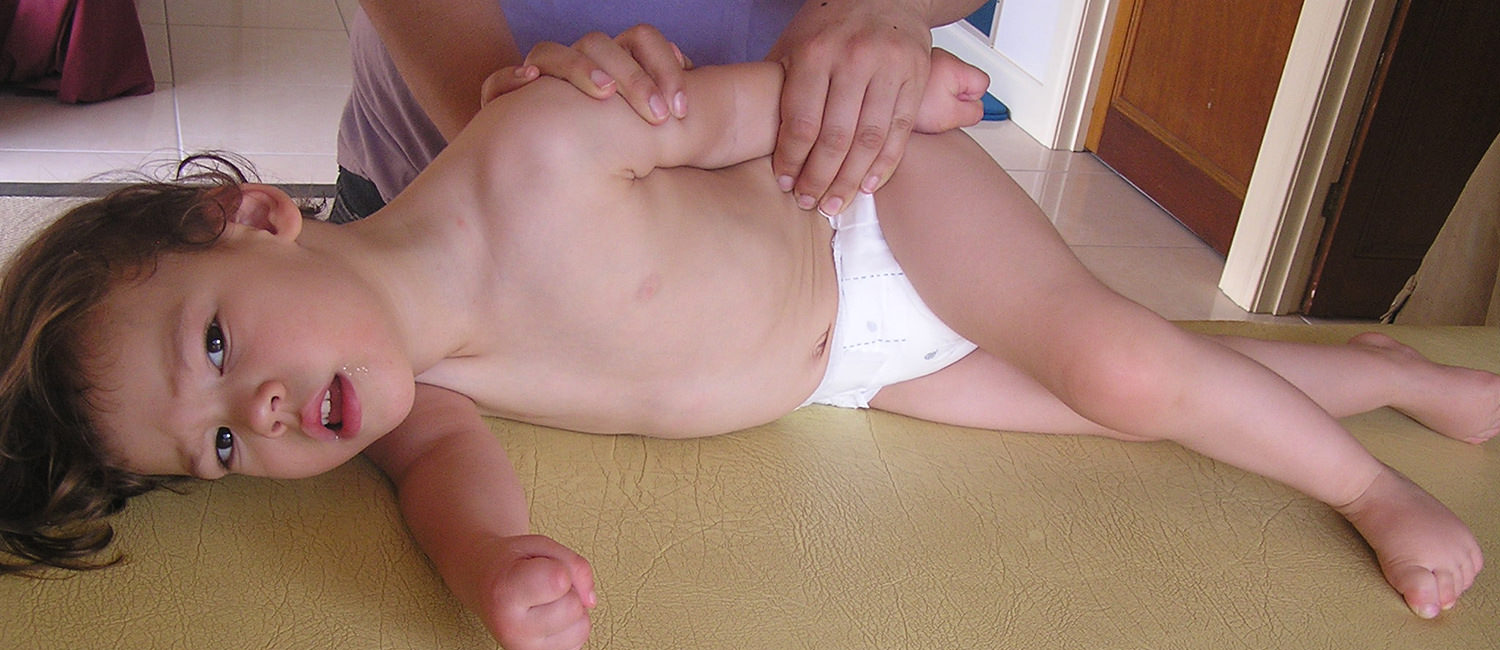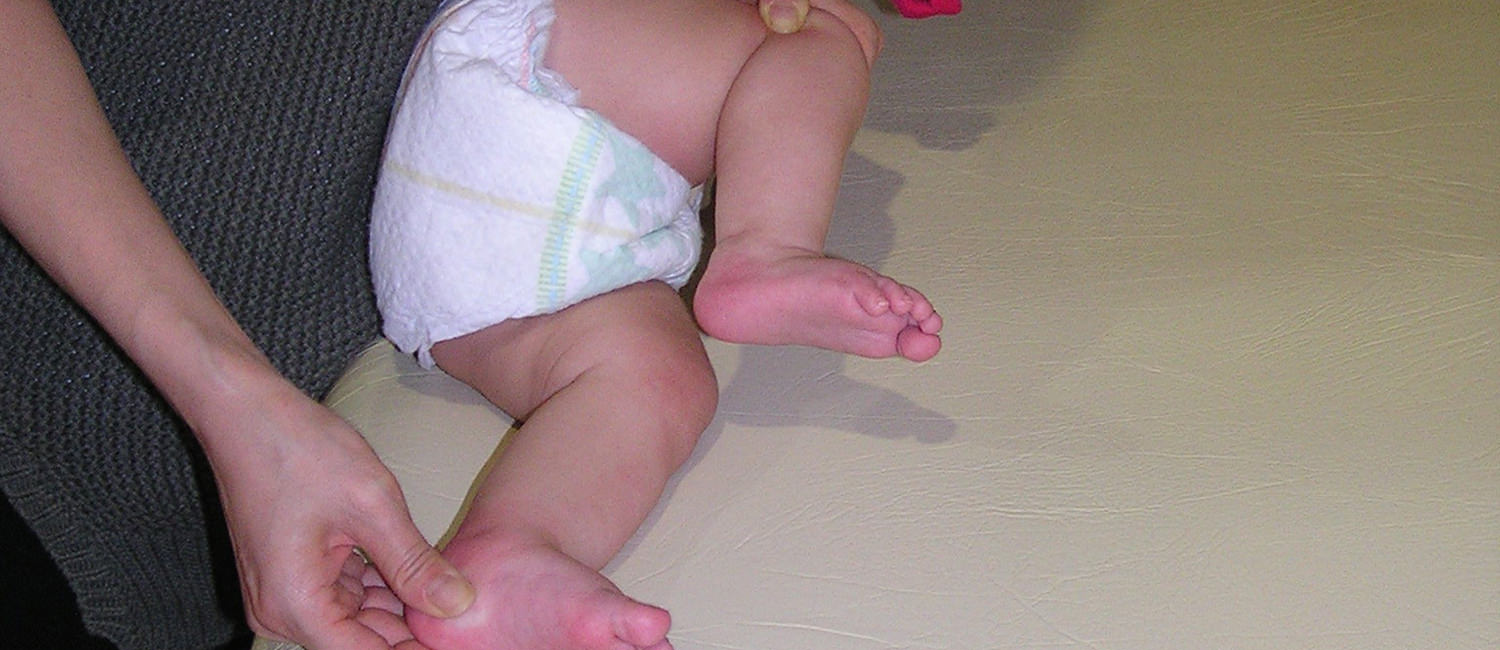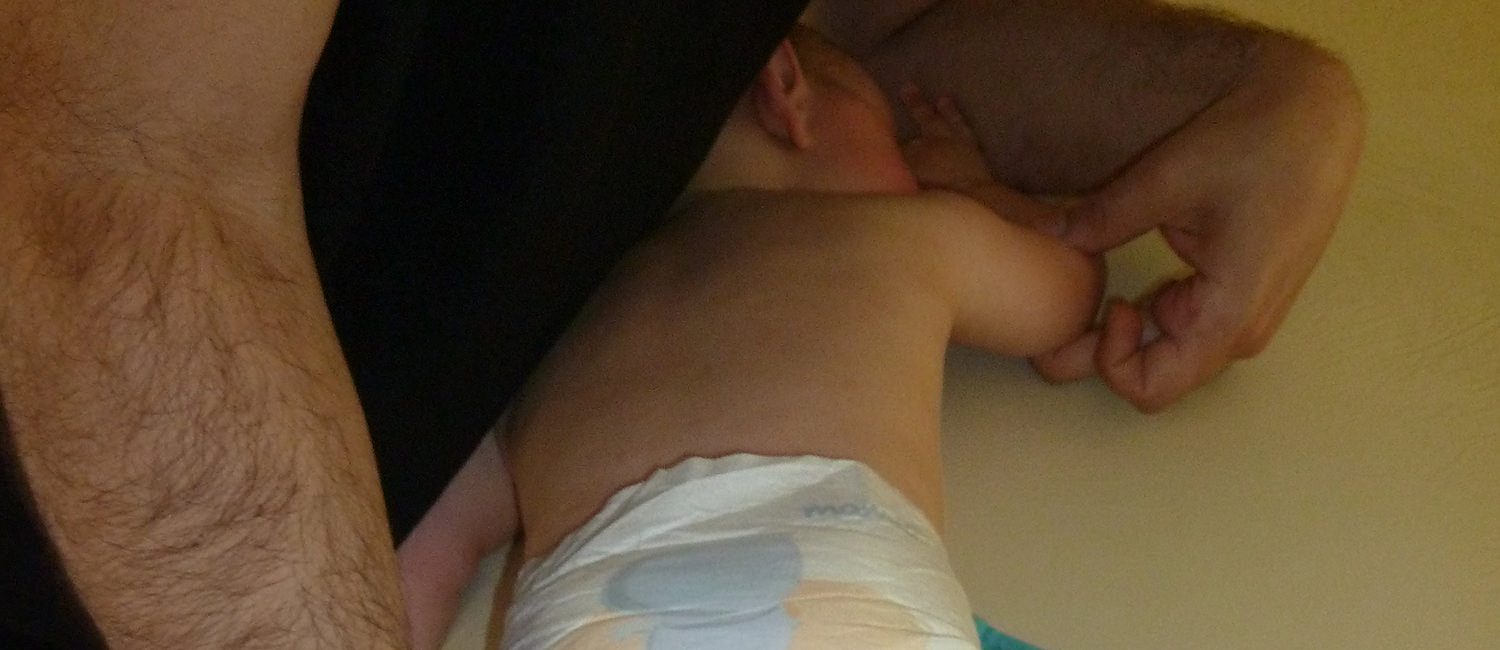Vojta Therapy
A neurologically based treatment approach
Disturbances of posture and movement require a very complex and often a lengthy treatment, especially when they are connected with a cerebral (brain) dysfunction.
The Vojta principle was developed by child neurologist Dr Vaclav Vojta. Vojta therapy stimulates the brain, activating "innate, stored movement patterns" that are then transferred into coordinated movements of the muscles in trunk and extremities.
With repeated activation new networking within the brain and central nervous system takes place, therefore Vojta therapy has a positive influence on the entire coordination of the client and his or her spontaneous movement. As a result, improved "uprighting" against gravity, balance, gait, grasp, speech production and many other important functions can be achieved.
In Vojta Therapy, goal-directed pressure is applied to defined zones on the body while lying on the back, front or on the side. These stimuli automatically lead to two movement complexes called Reflex Rolling and Reflex Creeping.
For Vojta therapy to be most successful parents perform the treatment at home for 5-20 minutes several times a day. The therapist supports the parents and regularly reviews the treatment program and frequency of therapy according to the child’s goals and progress.
I have been a certified Vojta therapist since 1994 using Vojta therapy with great success. Vojta therapy is the most powerful physiotherapy treatment method I have come across in my 30 year physiotherapy career in Australia and overseas.
Due to the fact that Vojta therapy stimulates the brain, it directly targets the source of neurological problems like brain injuries and other neurological disorders. In Vojta therapy the musculature of the whole body is activated on a subconscious level. This is exactly the way the human body has to function when we hold ourselves upright against gravity while performing different tasks.
How does Vojta therapy compare to other therapies, what is the difference?
Vojta therapy doesn’t practice single tasks or addresses single joints. Vojta therapy activates the whole body to achieve better posture and more precise movement so every task attempted by the child will improve.
You could compare a movement-impaired child with someone who is on a small boat in the middle of the ocean. The constant, often unexpected rocking of the boat (impaired postural control/ eg. low muscle tone, spasticity or dystonia) makes all tasks harder to achieve, less precise and less efficient. Most therapies practise single tasks like sitting, kneeling, standing and walking and practice will improve these skills.
Vojta therapy however, targets the source of the problem, the brain, which means it stabilises the boat so it doesn’t rock as much any more. Consequently every task the child attempts will become easier, more efficient and successful. The child will not only improve in achieving tasks and milestones but will also be more confident and happy, ready to engage and better communicate with the world around.
If you have any questions about Vojta therapy please feel free to contact me or check the Internationale Vojta Gesellschaft.
Getting started with Vojta therapy
Living further away? Combine a holiday on the beautiful Sunshine Coast with the opportunity to start Vojta therapy with your child.
At the moment I am the only certified Vojta therapist in Australia specialized in paediatric treatments registered with the international Vojta society. For families living further away from the Sunshine Coast I recommend coming for a week of intensive Vojta therapy training. The family can stay in holiday accommodation here on the Sunshine Coast and attend individual treatment sessions once or twice a day. During the session I will perform, explain, and practise the relevant Vojta therapy exercises with the family and child until the family is confident to continue the therapy by themselves at home. Usually we need 6-8 one-hour sessions.
In general I recommend a follow up Skype session every month. Skype sessions have shown to be a good way to coach, correct and sort out minor adjustments for people who can’t travel as frequently.
A more thorough review (4 sessions) is advised after 3-6 months, depending on how the parents progress with the exercises. The more experienced the family gets in using Vojta therapy, the less often they will need a review.
Due to the fact that I focus on teaching parents and carers how to use Vojta therapy, the overall treatment costs are comparatively low.
If you have further questions or would like to book an intensive treatment week for your child, please contact me




